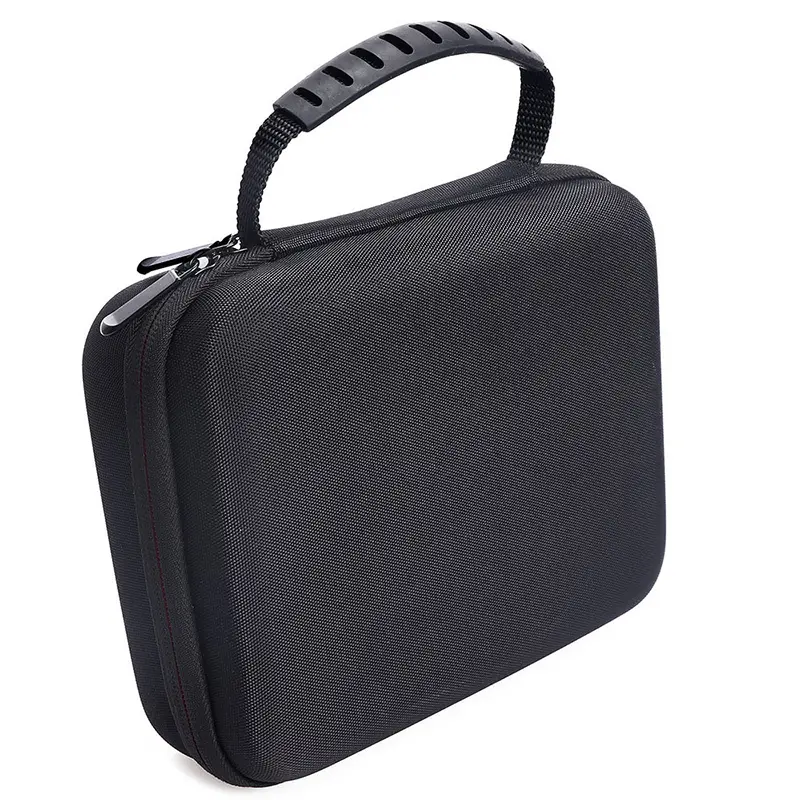With the continuous improvement of people’s living and consumption levels, various bags have become indispensable accessories for people. People require luggage products not only to be enhanced in practicality, but also to be decorative. According to changes in consumer tastes, the materials of bags are becoming more diverse. At the same time, in an era where individuality is increasingly emphasized, various styles such as simple, retro, and cartoon also cater to the needs of fashion people to express their individuality from different aspects. The styles of bags have also expanded from traditional business bags, school bags, travel bags, wallets, sachets, etc. So, what are the commonly used materials for bags?

1.PVC leather
PVC leather is made by coating the fabric with a paste made of PVC resin, plasticizers, stabilizers and other additives or a layer of PVC film, and then processing it through a certain process. The product has high strength, easy processing and low cost. Can be used for various bags, seat covers, linings, sundries, etc. However, it has poor oil resistance and high temperature resistance, and poor low temperature softness and feel.
2.PU synthetic leather
PU synthetic leather is used to replace PVC artificial leather, and its price is higher than PVC artificial leather. In terms of chemical structure, it is closer to leather fabrics. It does not use plasticizers to achieve soft properties, so it will not become hard or brittle. It also has the advantages of rich colors and various patterns, and is cheaper than leather fabrics. So it is welcomed by consumers.
The difference between PVC artificial leather and PU synthetic leather can be distinguished by soaking it in gasoline. The method is to use a small piece of fabric, put it in gasoline for half an hour, and then take it out. If it is PVC artificial leather, it will become hard and brittle. PU synthetic leather will not become hard or brittle.
3. Nylon
As the process of miniaturization of automobiles, high performance of electronic and electrical equipment, and lightweight of mechanical equipment accelerates, the demand for nylon will be higher and greater. Nylon has high mechanical strength, good toughness, and high tensile and compressive strength. Nylon has strong ability to absorb impact and stress vibration, and its impact strength is much higher than that of ordinary plastics, and is better than acetal resin. Nylon has a small friction coefficient, smooth surface, and strong alkali and corrosion resistance, so it can be used as packaging materials for fuel, lubricants, etc.
4.Oxford cloth
Oxford fabric, also known as Oxford fabric, is a fabric with multiple functions and wide uses. The main varieties on the market include: checkered, full-elastic, nylon, Tique and other varieties. Oxford cloth has superior waterproof performance, good wear resistance, durability and long service life. The fabric properties of Oxford cloth are very suitable for all kinds of bags.
5. DenimDenim is a thicker yarn-dyed warp-faced twill cotton fabric with dark warp yarns, usually indigo blue, and light weft yarns, usually light gray or scoured white yarn. It is also made of imitation suede, corduroy, velveteen and other fabrics. Denim fabric is mainly made of cotton, which has good moisture permeability and air permeability. Woven denim is tight, rich, stiff and has a rugged style.
6.Canvas
Canvas is generally a thicker fabric made of cotton or linen. It can be roughly divided into two types: coarse canvas and fine canvas. Canvas has many excellent properties, which also makes canvas extremely versatile. , our common canvas shoes, canvas bags, as well as tablecloths and tablecloths are all made of canvas.
Oxford cloth and nylon are a good choice for customized bags. They are not only wear-resistant and extremely durable, but also very suitable for traveling in the wild.
Post time: Jun-14-2024




